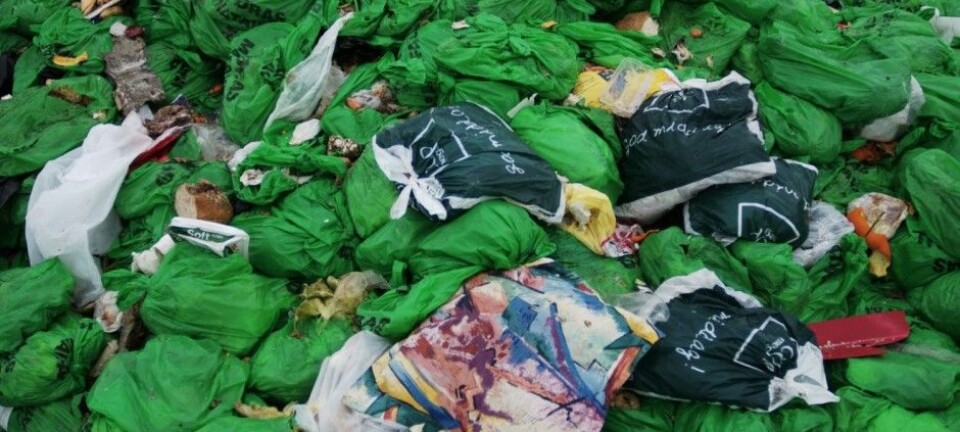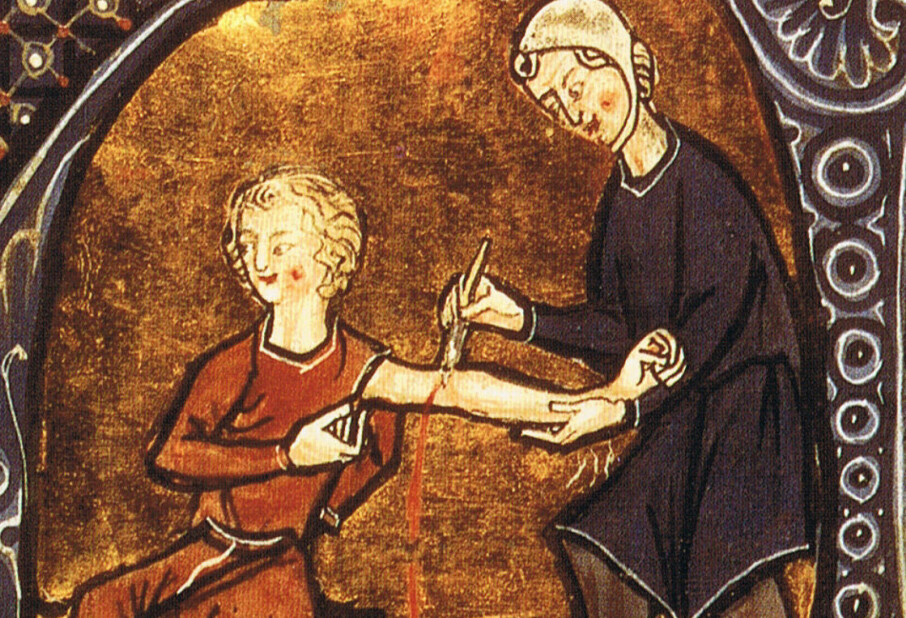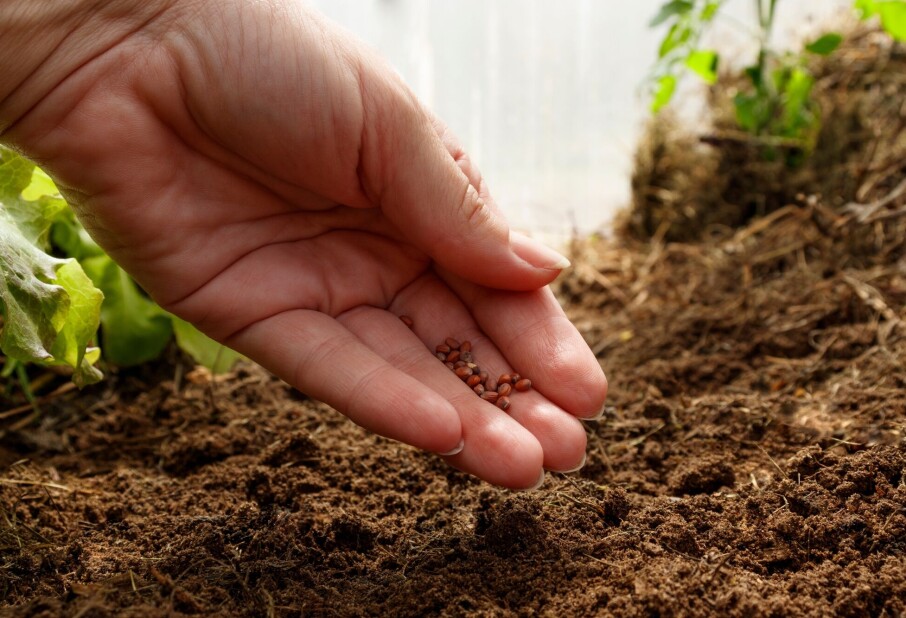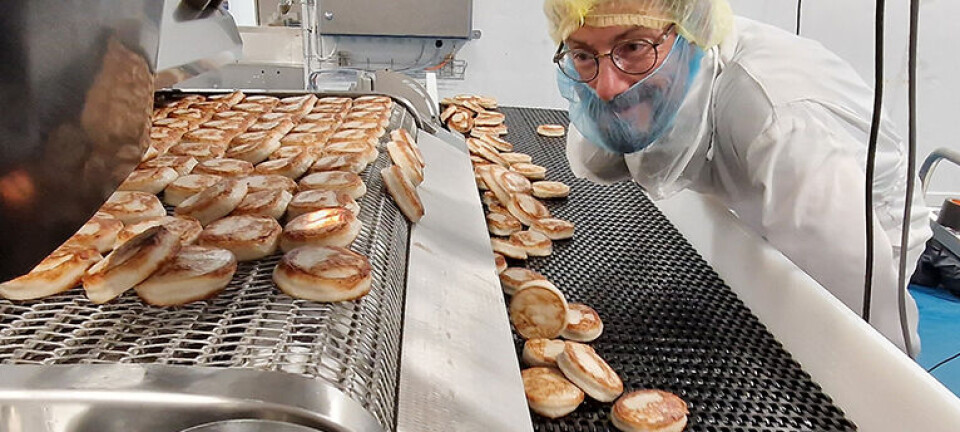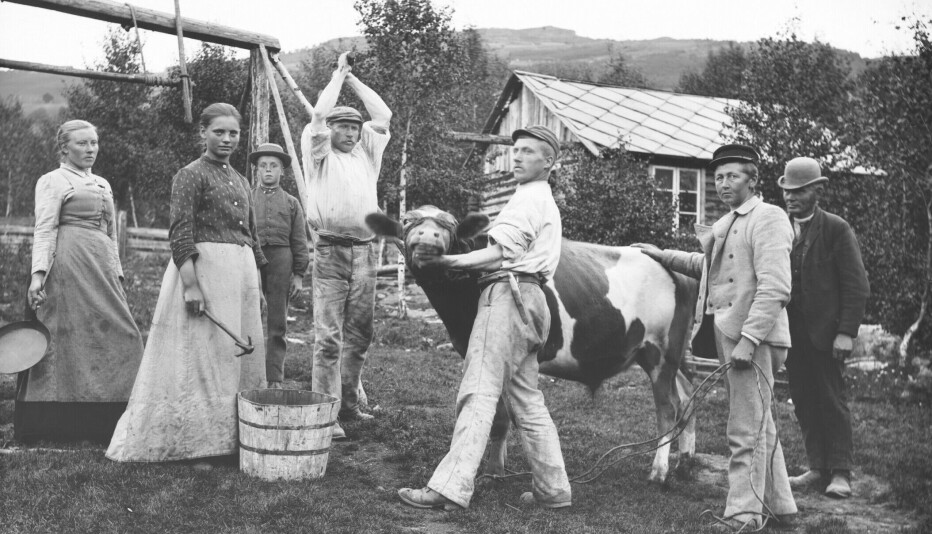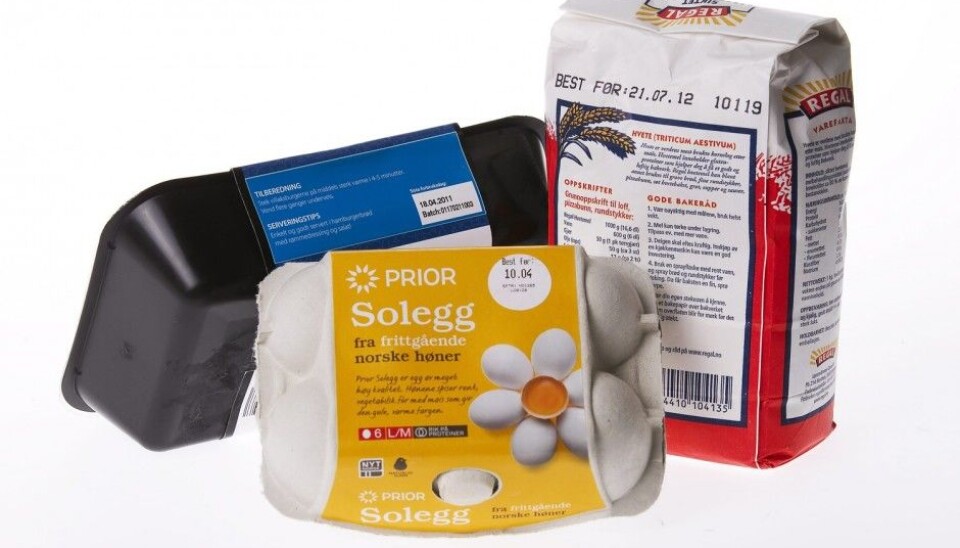
Deciphering the confusing language of food expiry dates
The world wastes a staggering 1.3 billion tonnes of edible food annually, some of which is due to confusion over expiry dates. ScienceNordic helps you figure out what to eat and what to toss.
We all waste food—a lot of food. In 2013, the Food and Agricultural Organization of the United Nations—the FAO—estimated that the direct economic costs of the 1.3 billion tonnes of edible food that we waste annually amounts to US $750 billion.
Some of this food is discarded by consumers who are concerned that once the date on the packaging has gone by, the food is no longer edible. That is certainly true for food that is labelled “Use by”, which is typically fresh food products that can spoil easily, such as chicken, ground beef and fresh fish.
But food that is labelled “Best before” has a potentially much longer shelf life than the date printed on the food packaging suggests.
“Best before” is a suggestion, not a rule
Products such as sugar, flour and pasta all have a “Best before” date stamped on the packaging somewhere, but this is a suggestion, not a warning.

If food of this type has passed its “Best before” date, you can generally still eat it without getting sick, says Hanne Møller, a senior scientist at Østfold Research, which has worked on a number of projects related to food, packaging and preventing food waste.
“In general, you probably won’t get sick from eating food that is past its ‘Best before’ date, but of course there is a limit to how long after that date that you can eat it,” she says.
One key thing people can do to decide if food that has passed its “Best before” date is still edible is to smell it, she said.
“These days, not many people smell the food they are going to eat. Instead, many people just rely on the date labelling,” she said.
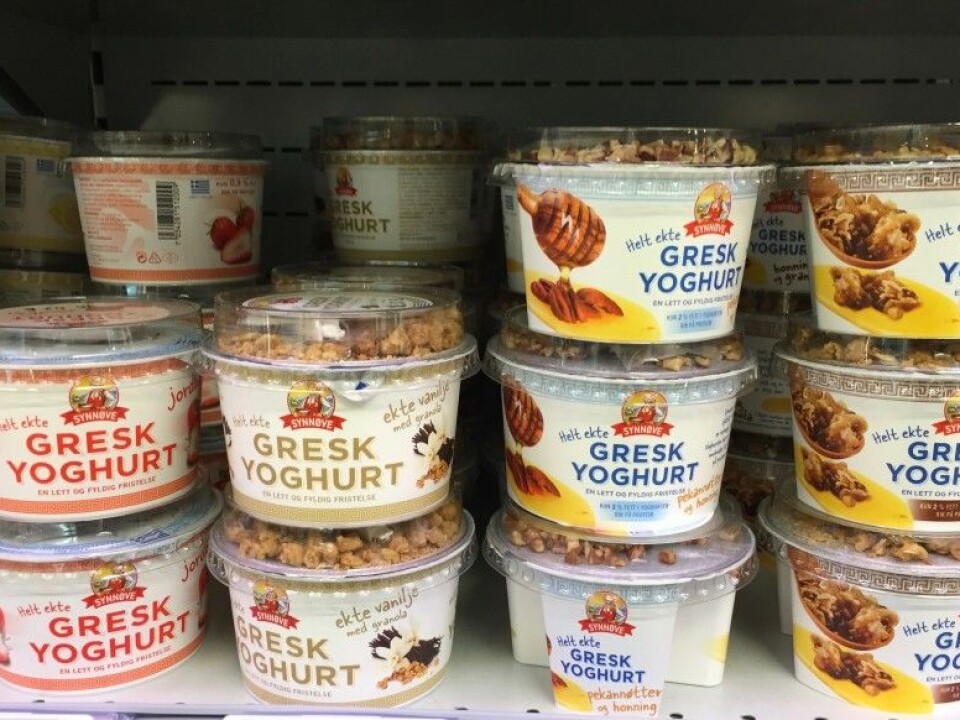
Taste and smell are signals we should listen to, says Marit Kvalvåg Pettersen, from Nofima, a food research institute in Ås.
“Food that tastes or smells ‘weird’ is generally a signal that the food is no longer edible. Think about nuts that taste rancid. They should be thrown away,” she said.
One exception to this is food like chicken or ground beef, which typically does not smell good when you first open the package. This is due to the use of a special gas that improves the product’s shelf life, and once the package is opened, the smell should be gone in a few minutes, Møller from Østfold Research said.
Eat it or toss it?
Researchers say that there are many ways to avoid wasting food that has past its “Best before” date. Here are seven steps you can take to avoid wasting food unnecessarily:
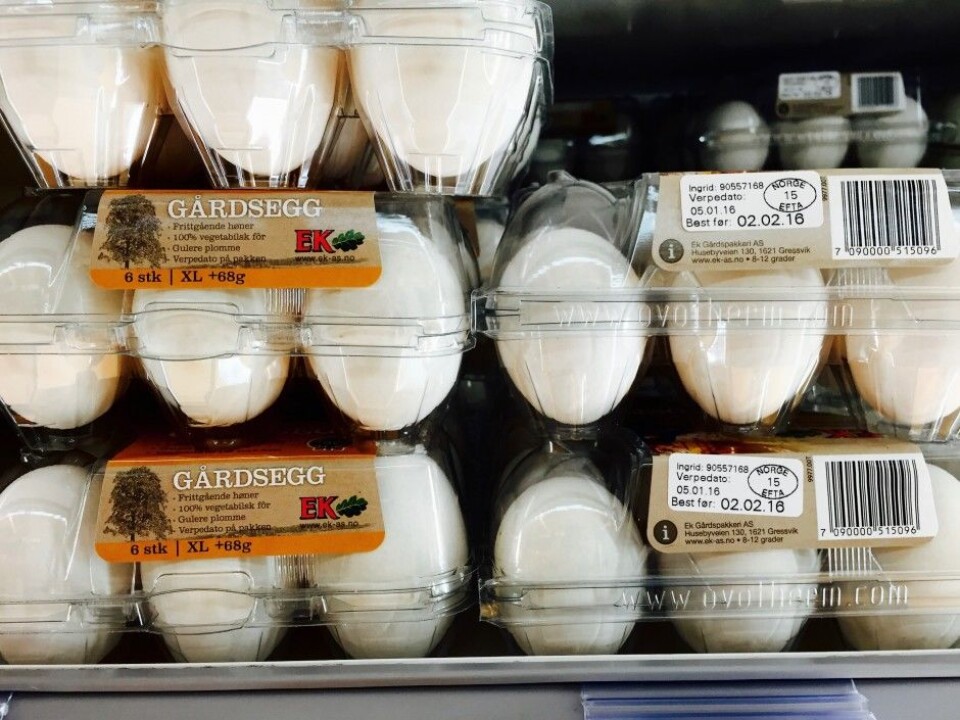
- Use your senses: Look at the food, smell it and taste it. If it has passed its “Best before", then it's up to you to decide whether food can be eaten or drunk.
- Dairy products such as yogurt often keep for several weeks after the “Best before” date has passed, if they are in sealed packaging. Use your senses. Taste yogurt or milk to check quality. This is not dangerous. If the milk has gone sour, you will not get sick from putting a little in your mouth.
- Cheese can usually be eaten long after the expiration date. In fact, some cheese are better the longer they are stored. Keep your cheese in a closed plastic bag if it is in packaging that cannot be closed completely. Mould on hard cheeses can be cut away, but if soft cheese has become mouldy, it should be discarded.
- Products such as sugar, flour and pasta can be good food for several years after the “Best before” date. Make sure that the products are kept in airtight storage.
- Bread that is no longer fresh can be freshened by getting it wet under the tap for a few seconds. Then bake the bread at 200 degrees C for 10 minutes. The bread will be almost like new. Mouldy bread should be discarded.
- The “Use by” dates on meats such as chicken, minced meat, cold cuts, sausages and fresh fish should be heeded.
- Red meat can become better and more tender when stored properly. But if the meat is grey-brown, looks slimy and smells sour, it should be discarded.
The biggest risk
Researchers agree that biggest mistake you can make with food is to not keep it cool enough. For example, if you keep your refrigerator at 8 degrees C., any product with a “Use by” date, like ground beef or chicken, will become inedible well before its expiry date.
A similar problem arises when you make too much food and you don’t cool the leftovers quickly enough.
Research done at Nofima in Ås shows that there is a much greater risk of dangerous bacterial growth in your food from not cooling it quickly enough for storage after it is cooked.
This risk is much greater than the risk of thawing meat on your counter, for example, which many people fear will lead to the growth of dangerous bacteria.
-------------------------------------
Read the Norwegian version of this article at forskning.no
Scientific links
- Matsvinn.no – Website for the research project “For Mat”
- Matvett.no – The food industry’s website on preventing waste
- “Matsvinn i Norge 2014. Status og utviklingstrekk 2009-14”, Østfold Research Co. 2014







